DIY Guide: How to Build Your Own LiFePO4 Battery
Save More Money by Assembling Your Own LiFePO4 Battery!
What Are LiFePO4 (LFP Lithium Iron Phosphate) Batteries?
Lithium iron phosphate (LiFePO4 or LFP) is the safest type of lithium-ion (Li-ion) battery. Compared to traditional cobalt-based Li-ion batteries, LiFePO4 batteries offer higher performance, faster charging, lighter weight, and longer lifespan. They also feature enhanced safety and are resistant to explosions even in extreme conditions.
LiFePO4 batteries use lithium iron phosphate as the positive electrode and graphite as the negative electrode, with a nominal voltage of 3.2V. Notably, this makes them a great alternative to lead-acid batteries, which have a nominal voltage of 2.1V, offering a perfect replacement in many applications.
Common Types of LiFePO4 Batteries
There are three common types of LiFePO4 batteries: cylindrical, prismatic, and pouch. Each type affects performance in different ways. For DIY enthusiasts, prismatic LiFePO4 batteries are the best option, offering an ideal balance between performance and ease of use.
Advantages of LiFePO4 batteries
LiFePO4 batteries offer numerous advantages:
- Long service life of up to 10 years with over 4000 cycles.
- Lighter weight and smaller size.
- Low total lifetime cost.
- Supports fast charging and discharging.
- Allows for 80% or more Depth of Discharge (DOD).
- No memory effect.
- Low self-discharge rate.
- Environmentally friendly, safe, and requires minimal maintenance.
- Excellent high-temperature performance.
These features make LiFePO4 batteries an ideal choice for various applications.
Key Components for LiFePO4 Battery Connections
BMS (Battery Management System)
The BMS is a critical protection system for LiFePO4 batteries. It safeguards against overcharging, overdischarging, overcurrent, and overheating, and can cut off power if a dangerous situation arises. Additionally, it offers partial balancing to extend battery life, making it essential for protecting large lithium-ion batteries and ensuring safety.Balancer
The balancer is another key component in a LiFePO4 battery pack. It helps maintain charge balance across all cells, ensuring long-term, stable performance for the entire battery pack.Busbars
Busbars are connectors used to link individual cells within a battery pack. Properly selected busbars, which typically include washers, nuts, and bolts, optimize the performance of LiFePO4 batteries by ensuring efficient connectivity.
Connecting LiFePO4 Batteries
There are two basic types of connections for LiFePO4 batteries:
Series Connection (S):
In a series connection, the positive terminal of one cell is connected to the negative terminal of another. This increases the voltage of the battery pack while maintaining the same capacity.Parallel Connection (P):
In a parallel connection, the positive terminals of two cells are connected, as well as their negative terminals. This increases the capacity of the battery pack while keeping the voltage constant.
While pure series or parallel connections work well for small LiFePO4 battery packs, larger battery units often combine both methods. It’s important to note that mixing different batteries is not recommended unless they have identical chemical properties and voltages. Only experienced electricians should attempt more complex configurations, as they can be risky for beginners.
Balancing and Compressing LiFePO4 Batteries
Balancing and compression of LiFePO4 batteries are essential for maintaining optimal performance.
Battery balancing ensures that each cell within the battery pack holds an equal charge, promoting consistent performance and extending the life of the battery. Balancing can be done manually or with a balancer, helping the battery pack operate safely and efficiently for longer periods.
Battery compression involves using tools to keep the individual cells tightly connected to prevent swelling during operation, which could impact performance. Compression is relatively simple; it’s recommended to fill the gaps between cells with a sponge or insulating plate and cover the entire battery pack with an insulating layer or container to maintain structural integrity.
Chargingf LiFePO4 Battery
A special charger must be used for charging LiFePO4 batteries.
It’s important not to use a lead-acid charger, as it will prevent the LiFePO4 battery from reaching a full charge.
Additionally, avoid charging LiFePO4 batteries at temperatures below 0°C (32°F), as this could damage the battery.
Differences Between LiFePO4 and NMC/NCA Batteries
LiFePO4 (LFP) and NMC/NCA batteries are both types of lithium-ion batteries, but they have significant differences.
LFP Batteries:
With a rated voltage of 3.2V per unit, LFP batteries offer exceptional longevity, with a lifespan exceeding 10 years and over 4000 charge cycles. They are extremely safe but have a relatively lower energy density, typically around 120-160Wh/kg, with some reaching 180Wh/kg. LFP batteries are ideal for energy storage applications.
NMC/NCA Batteries:
These batteries have a higher rated voltage of 3.7V per unit and a shorter lifespan of about 3-5 years with 2000-4000 cycles. While they offer less safety compared to LFP batteries, they have a much higher energy density, often exceeding 250Wh/kg, with some models reaching up to 350Wh/kg. This makes them well-suited for use as power batteries in electric vehicles.
Safety Notes for LiFePO4 Batteries
There is no doubt that LiFePO4 batteries are among the safest lithium-ion batteries. Even when punctured or subjected to impact, they do not explode, which is why they are highly trusted. However, installation and maintenance should only be performed by trained professionals, and strict adherence to safety regulations is essential. Non-professionals should avoid handling or misusing these batteries.
Important safety guidelines:
- Never touch both the positive and negative terminals of the battery simultaneously.
- Always wear protective equipment, such as rubber gloves, when handling the battery.
- Do not strike, pierce, disassemble, or damage the battery system in any way.
- Avoid using or storing the battery in high-temperature areas (e.g., direct sunlight or inside hot cars), strong magnetic fields, or corrosive environments.
- If the battery leaks and electrolyte contacts your eyes, rinse with clean water immediately and seek medical attention to prevent injury.
- If the battery emits an odor, becomes hot, changes color, deforms, or shows other abnormalities during use, storage, or charging, remove it from the device or charger and discontinue use.
In case of fire, use a carbon dioxide or dry powder fire extinguisher to extinguish it.
Damaged LiFePO4 Battery
LiFePO4 batteries can sustain damage from various causes, including transportation, manufacturing, and human error. Human-induced damage is the most common cause. To ensure battery longevity and maintain its health, it’s important to handle the battery properly and avoid abnormal usage.
Recycling LiFePO4 Batteries
As an eco-friendly option, LiFePO4 batteries are highly recyclable. They contain valuable materials like copper, cobalt, nickel, and rare earth metals—up to 96% of which can be recycled. This process not only reduces environmental impact but also allows for the reuse of these materials.
The benefits of recycling LiFePO4 batteries include:
- Protecting non-renewable resources
- Lowering overall production costs
- Reducing landfill waste
- Minimizing environmental risks
- Preventing potential fire hazards
- Creating new job opportunities
Recycling LiFePO4 batteries is simple. Start by covering the battery terminals with non-conductive tape, then locate a lithium battery recycling point, which can usually be found online. Many cities have these facilities, and some electronic hardware stores, government institutions, or specialty battery shops also offer recycling services.
How to Avoid Being Deceived
This is an important question. As LiFePO4 batteries gain popularity among both experts and beginners for DIY projects, they have also attracted the attention of unscrupulous traders. The market is flooded with fake products, so it’s crucial to avoid being deceived.
High-quality LiFePO4 batteries, often referred to as Grade A batteries, come with clear QR codes and detailed specifications. Their voltage, resistance, and capacity should meet or slightly exceed the advertised specifications. Always verify these details when purchasing to ensure you’re getting a genuine product.

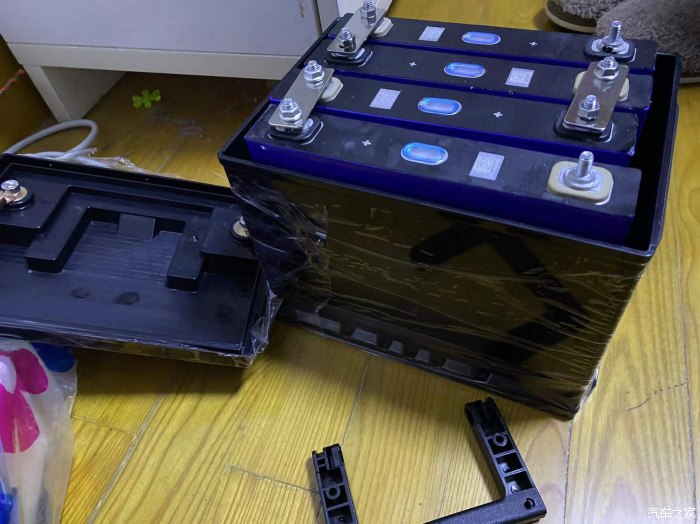
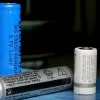
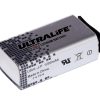
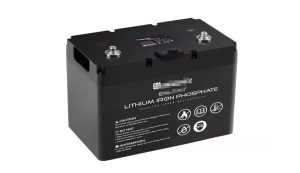
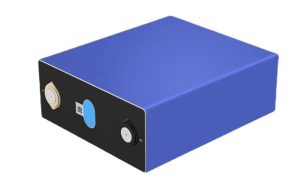
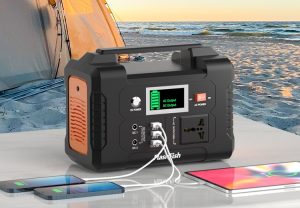
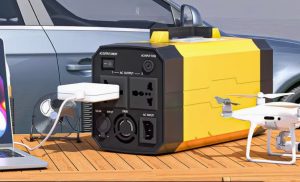
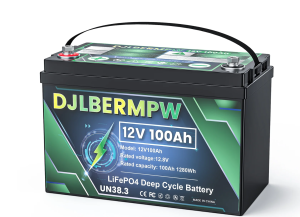
Add comment